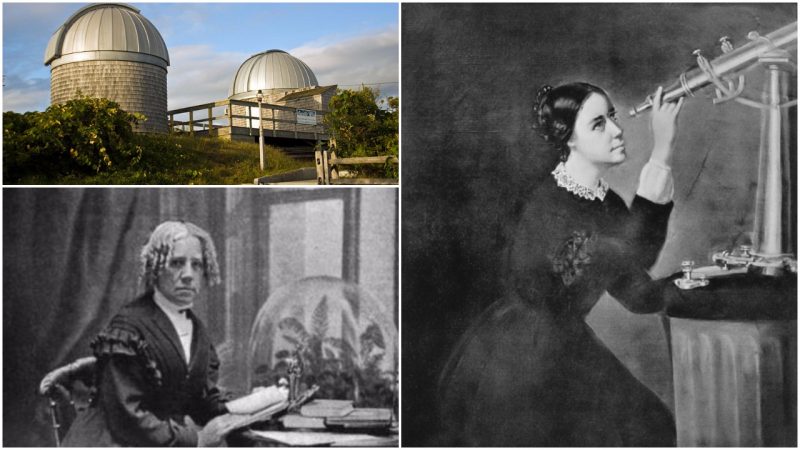“We especially need imagination in science. It is not all mathematics, nor all logic, but it is somewhat beauty and poetry.” –Maria Mitchell
Maria Mitchell, a scientist who in 1847 discovered a new comet that was named after her, had a lifelong passion for studying the universe at a time when it wasn’t common for women to be educated in this branch of science. She relied on her father’s tutoring to soak up so much knowledge that by the age of 14 Maria was performing vital navigational computations for voyages that the sailors found essential.
Maria was born in 1818 in Nantucket, Massachusetts, to Quaker parents. From an early age, she was interested in astronomy and physics. The two of them, father and daughter, became a scientific duo. William Mitchell was a schoolteacher who later took at job at a bank. Astronomy was his hobby, and he owned a small telescope with which he and Maria conducted observations. Maria was 12 when she helped her father calculate the moment of a solar eclipse.
In 1836, Maria became a librarian at the Nantucket Athenaeum, where she spent most of her days reading widely and studying different subjects, mostly related to astronomy. She remained close to her father and shared with him her studies, observations, and discoveries.
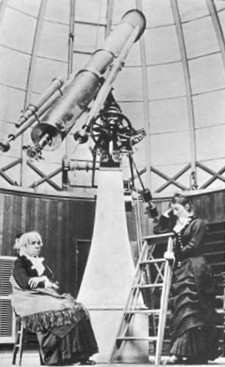
On the evening of October 1, 1847, Maria went with her telescope to the rooftop of the bank where her father worked to scan the skies. She noticed a short, blurry streak that wasn’t supposed to be there. Uncharted previously by astronomers, invisible to the naked eye but clear in the telescope, this was a comet, Maria suspected. Excited, she first ran to her father to tell him, who became so excited he was eager to announce his daughter’s discovery at once. But she was cautious, and kept a record of the object’s position during the next two days. On the 3rd of October, William Mitchell announced his daughter’s discovery in a letter to Cambridge.
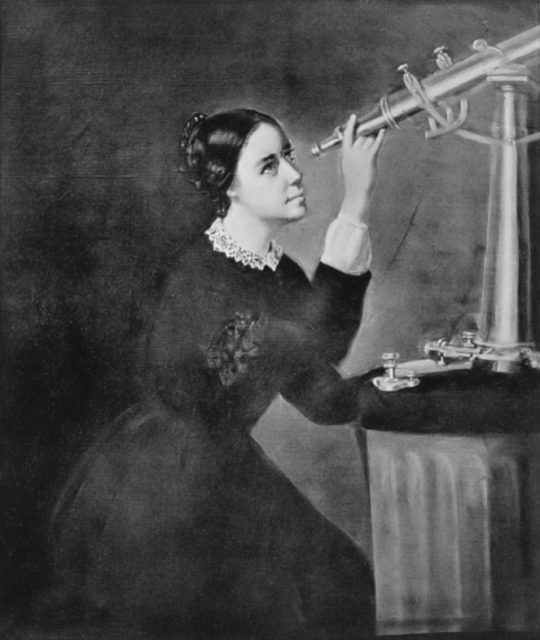
Although the discovery of the comet was initially credited to the Italian astronomer and Jesuit priest Francesco de Vico, as he reported it first, it was later established that Maria had seen the comet earlier than him, so she was credited as the discoverer. “Miss Mitchell’s Comet,” as it became known, was formally designated as C/1847 T1. The king of Denmark, Frederick VI, also an astronomy lover, rewarded Maria with a gold medal in recognition of her important discovery. It made her the first professional female astronomer in the United States.
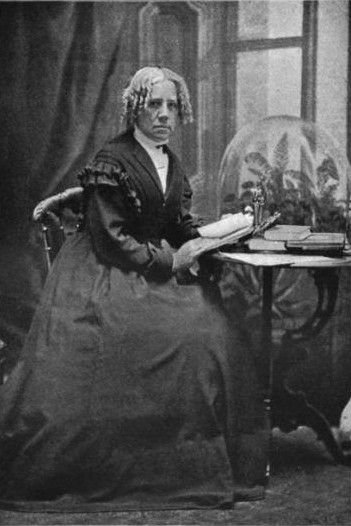
The following year, the American Academy of Arts and Sciences named Mitchell as its first female member, and two years later she was elected to the American Association for the Advancement of Science. In 1849, she made computations for the American Ephemeris and Nautical Almanac. She also became one of the first women elected into the American Philosophical Society. In 1856, after 20 years at the Atheneum, Mitchell left her post to travel around the U.S. and Europe.
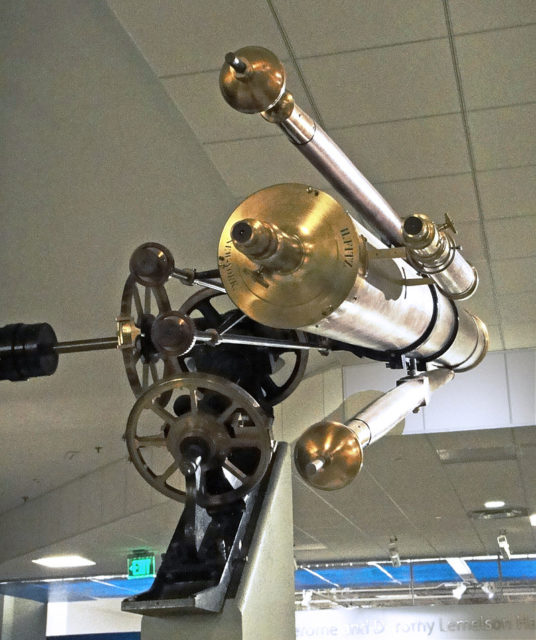
In 1865, Maria was the first person appointed to the newly opened Vassar College as a professor along with being named as director of the college observatory. Apparently, it was at Vassar College that Maria “found her place under the sun” and enjoyed lecturing her students to whom she served as an inspiration. Maria remained on the faculty until 1888, when she retired due to health issues. She never married or had children. Much of her private life is unknown because she burned all of her personal diaries before her death. She spent her last year living with her sister’s family and died in 1889 at the age of 70.
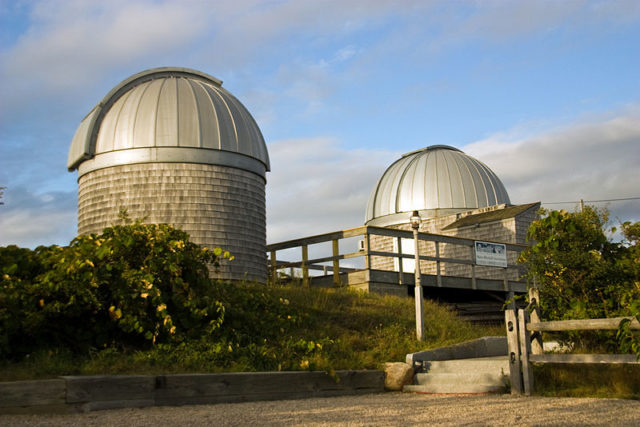
Founded in 1902, the Maria Mitchell Association is a nonprofit organization that promotes her legacy of exploration as well as enjoyment of the island of Nantucket’s skies and water.
The group owns the Maria Mitchell Observatory, offering important programs and student internships funded by the National Science Foundation. President Obama bestowed on the Maria Mitchell Association a presidential science award in 2009.
